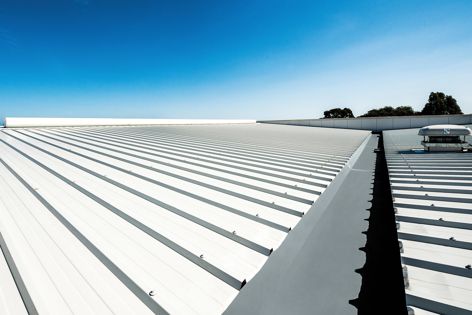

Active strategies can also be considered on a shorter-term basis- building technology can be changed as it becomes obsolete or newer strategies come to market passive strategies tend to be more permanent and represent investments across the building’s life cycle. The graphite enhances the insulation’s R-value by reflecting heat energy. high-performance window and building envelope technologies by manufacturers and contractors will increase the likelihood of their implementation in consumers’ buildings. The early incorporation of passive strategies often mitigates the need for more active strategies that are usually more reliant on technology and building systems. Passive strategies include low- or no-technology solutions such as the selection of a building site or orientation that contributes to the performance of a building. A high-performance building faade allows building envelopes and comfort systems to act in concert and is responsive to changing exterior and interior. dynamic building systems that is integral to building performance as well as. Improving window and building envelope insulation and envelope sealing performance can reduce heating, ventilation, and air conditioning (HVAC) loads, subsequently reducing both energy use and the capacity and cost of HVAC systems. Photo courtesy of Downs/Archambault Partners. Precast concrete is a high-performance material that integrates easily with other systems and inherently provides that versatility, efficiency, and resiliency needed to meet the multi-hazard requirements and long-term demands of high-performance structures. The role of high-performance skins is to protect the building from the elements, provide the occupants with fresh-air exchanges, collect solar energy through various technologies, harvest rainwater for cistern storage, heat water, and provide daylight and views to occupants while minimizing glare. As an Associate at Heintges & Associates, a building envelope consulting. High-Performance Precast Envelope System. Publication number: CEC-500-99-013.A high-performance building façade allows building envelopes and comfort systems to act in concert and is responsive to changing exterior and interior conditions. High-Performance Facades: Design Strategies and Applications in North America and Northern Europe. The various modern trends in high performance building facade system employed in contemporary tall buildings around the world through five case studies have. The case studies illustrate the benefits as well as the challenges seen in specific solutions with respect to energy use, comfort, and operation and maintenance. Practical information on designing sustainable, energy-efficient building facades As energy and other natural resources are being depleted, it has become. Active systems in high performance residential buildings (Building mechanical systems, HVAC) Use of renewable energy sources in buildings. These buildings demonstrate envelope strategies ranging from simple yet effective designs to advanced dynamic facade systems. illustrating how these systems can provide window and curtain wall designs. Climate-controlled buildings have air conditioning and heating systems to make interior conditions comfortable and safe. and Northern European professionals with substantial experience in the design and construction of building envelopes were sought out in order to obtain their perspective on the design and construction of high-performance facades, as well as the benefits and barriers to the adoption of advanced facade systems.įour North American buildings were selected for facade case studies. For increased thermal efficiency and design freedom, an integrated building envelope system can be an excellent solution for high-performing buildings. Aluminum Extrusions High Performance Building Envelopes: Still the Answer. The study probes questions related to the benefits and barriers to the implementation of advanced facade design strategies in North America. For decades, these have been worthy goals for construction materials and systems. Through a critical analysis of case study buildings in North America and interviews with building professionals in both northern Europe and North America, this report identifies facade design solutions that enable the development of spaces that minimize the need for HVAC and lighting energy use, while maximizing occupant well-being and connection to the outdoors. A high-energy efficiency building must have an energy efficient envelope that can ensure comfort of occupants with a minimum system energy requirement.


 0 kommentar(er)
0 kommentar(er)
